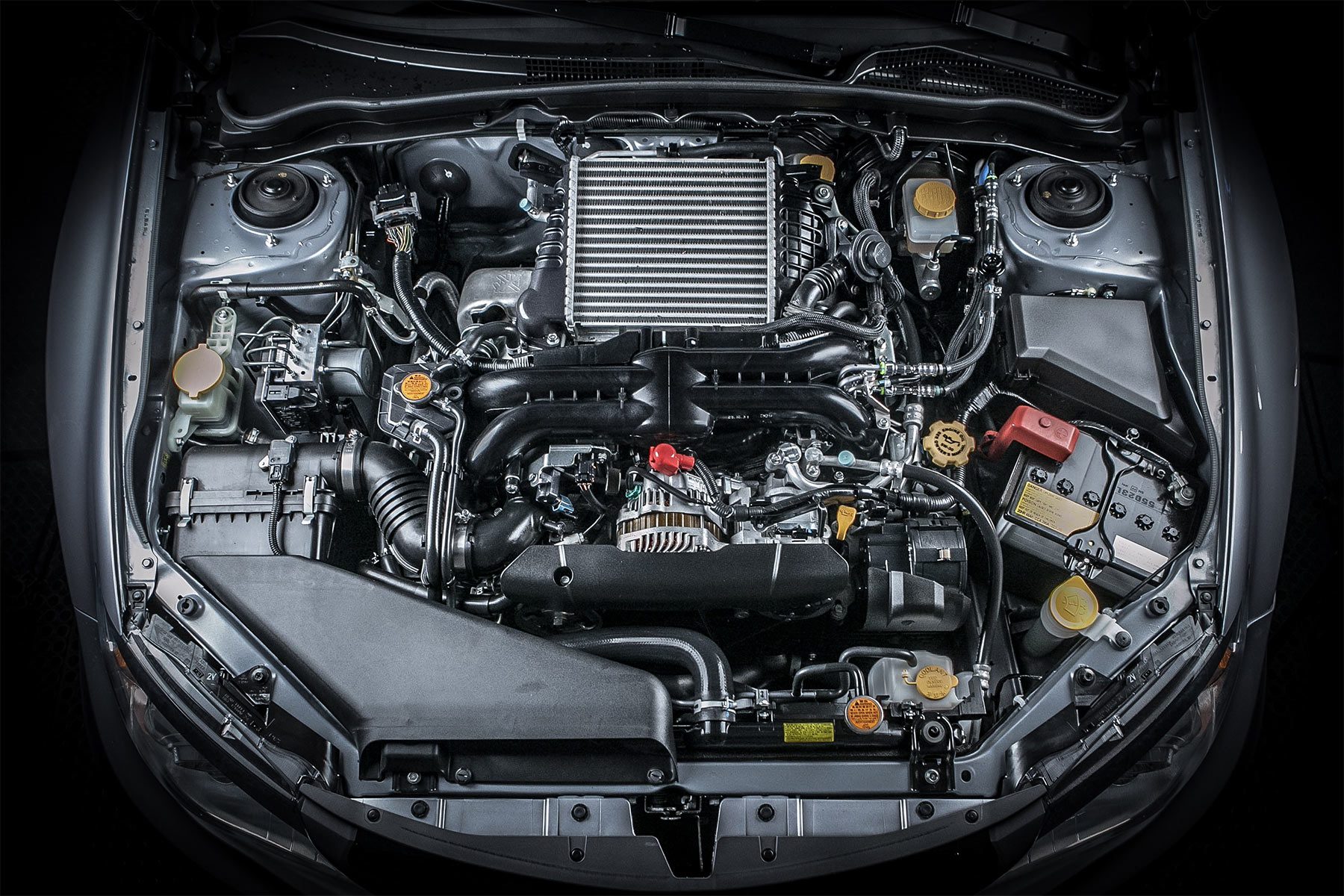Budget Friendly Opel Corsa Engine Options for Your Spending plan
Budget Friendly Opel Corsa Engine Options for Your Spending plan
Blog Article
Reliable and Powerful Small Auto Motor Performance Analysis
Assessing the performance of tiny vehicle electric motors is a nuanced job that calls for a keen eye for information and a deep understanding of automobile design principles. By checking out crucial metrics such as horsepower and torque, as well as evaluating fuel efficiency, we can discover understandings into how tiny auto engines can be optimized for peak performance.

Tiny Auto Electric Motor Performance Metrics
In analyzing the efficiency of small vehicle electric motors, crucial metrics such as acceleration, fuel performance, and power output play a critical duty in establishing their overall effectiveness and viability for various driving conditions. Velocity, gauged in secs from 0 to 60 miles per hour, suggests exactly how quickly a little automobile can reach higher rates, which is important for merging onto freeways or overtaking various other lorries. Fuel performance, typically determined in miles per gallon (MPG), reflects how far a little car can take a trip on a gallon of fuel, impacting running costs and ecological sustainability. Power result, revealed in horsepower (HP) or kilowatts (kW), symbolizes the engine's capacity to create the essential force to drive the vehicle, affecting its performance in different roadway conditions. By reviewing these performance metrics thoroughly, makers, vehicle drivers, and automotive enthusiasts can make informed decisions concerning the option and optimization of tiny cars and truck electric motors to fulfill their particular demands and choices.

Horsepower and Torque Evaluation
With a fundamental role in comprehending tiny automobile electric motor horsepower, performance and torque evaluation provides insight into the engine's power delivery attributes. In the context of tiny vehicle motors, horse power is important for identifying acceleration, leading rate, and total efficiency. By understanding the relationship between horsepower and torque, auto engineers can maximize engine efficiency to satisfy the certain needs of small auto applications.
Gas Performance Evaluation
The analysis of gas efficiency in little automobile motors plays an important duty in identifying their economic and ecological impact. In small automobile motors, where small size often correlates with far better gas economic situation, different aspects affect performance.
To examine gas performance, metrics such as miles per gallon (MPG) are frequently made use of. This measurement suggests the range a vehicle can take a trip per unit of fuel. Small vehicle motors that achieve higher MPG ratings are taken into consideration much more fuel-efficient, leading to cost financial savings for drivers and reduced discharges that benefit the environment. Manufacturers consistently strive to improve gas performance via advancements in engine modern technology, lightweight products, and aerodynamic styles.

Optimizing Tiny Automobile Engine Efficiency
Enhancing the effectiveness of tiny vehicle engines is vital in optimizing efficiency and minimizing functional prices. Maximizing tiny cars and truck engine efficiency involves a holistic strategy that takes into consideration numerous variables such as engine design, fuel management systems, and general vehicle characteristics.
Another essential consider enhancing small car engine efficiency is the utilization of sophisticated modern technologies such as turbocharging or crossbreed systems. These modern technologies can improve power outcome without endangering gas efficiency, giving a balance in between efficiency and economic situation. Additionally, maximizing engine performance also involves boosting combustion effectiveness, minimizing frictional losses, and enhancing thermal management systems.
Future Trends in Small Automobile Motors
Due to advancing vehicle modern technologies and the continual quest of ideal small auto engine efficiency, an expedition of future patterns in tiny car electric motors becomes vital - opel corsa engine. One prominent trend on the horizon is the enhancing assimilation of electrical powertrains in little cars. As the auto sector changes in the direction of sustainability and decreased exhausts, more little car makers are purchasing electrical motor modern technology to improve efficiency and environmental friendliness
An additional significant pattern is the advancement of smaller yet a lot more powerful turbocharged engines for small cars and trucks. By downsizing engine capabilities and incorporating turbocharging innovation, automakers can accomplish higher power outcomes while preserving gas effectiveness. This fad lines up with the growing consumer need for tiny vehicles that deliver a dynamic driving experience without jeopardizing on fuel economic climate.
In addition, the emergence of hybrid powertrains in small vehicles is anticipated to obtain traction in the future. Hybrid systems use the advantages of both inner burning engines and electrical motors, giving better efficiency and fuel effectiveness. As developments in battery technology continue, small automobile motors are likely to become also extra reliable and effective, catering to the evolving needs of customers and governing needs for cleaner transportation solutions.
Final Thought
Finally, the evaluation of little car electric motor performance metrics such as fuel, horse power, and torque performance is necessary in maximizing engine efficiency. By assessing these variables, manufacturers can boost the general find more information efficiency and power result of small car motors (opel corsa engine). Future patterns in little vehicle electric motors are most likely to concentrate on enhancing efficiency while preserving fuel performance, guaranteeing that little autos continue to be a economical and dependable option for customers
By checking out crucial metrics such as horse power and torque, as well as reviewing gas efficiency, we can discover understandings into how small auto engines can be maximized for peak efficiency. Enhancing tiny automobile engine performance entails an all natural approach that takes into consideration numerous factors such as engine style, fuel monitoring systems, and general automobile characteristics.In light of progressing auto modern technologies and the continual quest of optimal tiny auto engine efficiency, an expedition of future fads in little automobile electric motors ends up being critical.In verdict, the evaluation of little vehicle motor performance metrics such as horse power, fuel, and torque effectiveness is necessary in enhancing engine read efficiency. Future fads webpage in small auto electric motors are likely to concentrate on enhancing performance while maintaining gas performance, making certain that tiny vehicles proceed to be a affordable and reliable option for customers.
Report this page